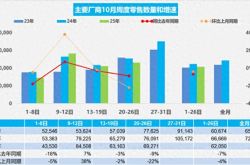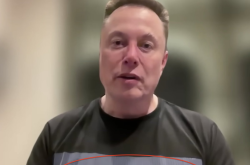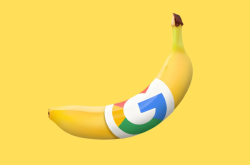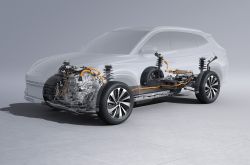Behind American Auntie's Gold Bar Frenzy: Costco's Money-Magnet Strategy
![]() 03/11 2025
03/11 2025
![]() 568
568
Author | Ma Lin
Editor | Yifan
American aunties are racing to buy their big gold bars...
You might not expect that it's not some internet celebrity live-streaming salesperson who sells these luxury goods, but Costco, which focuses on cost-effectiveness.
As the largest wholesale chain supermarket in the United States, Costco adopts a membership system and a low-profit margin strategy, relying on high sales volume and membership fees to achieve profitability. But don't think that Costco only sells $1.5 hot dog combos and $4.99 roast chickens; in fact, Costco is evolving into a money magnet that appeals to low-income individuals, the middle class, and the wealthy alike.
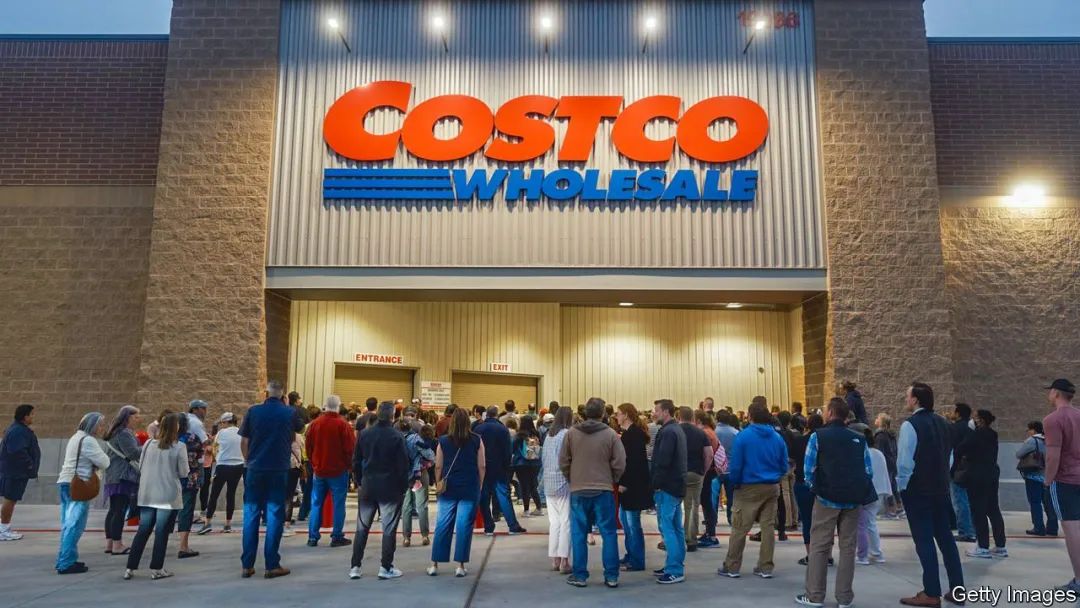
Costco currently has a market value of over $460 billion, reaching an all-time high. In 2024, its revenue of $254 billion was equivalent to the combined revenue of Procter & Gamble, Johnson & Johnson, Netflix, and Coca-Cola.
An interesting anecdote is that Warren Buffett sold his Costco shares, held for over 20 years, in 2020, believing their share price had surpassed intrinsic value. This $32 million investment earned him $1.3 billion. However, in 2024, Buffett stated that given Costco's continuously rising share price, "selling Costco shares might have been a mistake."
There was once a wave of local retail startups and acquisitions in China, but this enthusiasm has faded. The anticipated Chinese versions of Costco, Walmart, and 7-Eleven have yet to emerge, and Hema, representing retail innovation, is still trialing and erroring... The era of steaming hot offline chains that Chinese consumers yearn for has not arrived, and retail stocks in the domestic capital market are like chicken ribs.
So, how does Costco capture the wallets of various consumer groups and continue to write its growth story? Why is it not easy for enterprises like Costco to emerge in the Chinese market?

Costco's Business Code
Initially, Costco gained popularity through its low-price strategy.
Costco offers competitive prices by controlling costs and reducing markups on goods. The average markup rate for Costco's goods is only 11%, while other retailers typically have markup rates of 25% to 50%.
To maintain the attractiveness of low prices, Costco keeps its profit margins at a very low level. In fiscal year 2024, Costco's operating profit margin was only 3.65%, which was its highest since 2000.
The key to Costco's business model is membership fees, accounting for 2% of revenue. In fiscal year 2024, Costco's total operating profit was $9.3 billion, with membership fees contributing more than half of the profit. Its user stickiness is very strong, with a global membership renewal rate exceeding 90% according to the latest 2024 data.
Costco excels at grasping consumer psychology.
Its most well-known strategy is the treasure hunt. Costco places some incredibly cheap items in prominent locations in the supermarket to attract consumers to keep looking for bargains. However, these cheap items are not always in the same spot; Costco frequently changes their positions and immediately replenishes with new items, attracting consumers to "hunt for treasures" with a variety of cheap or novel products.
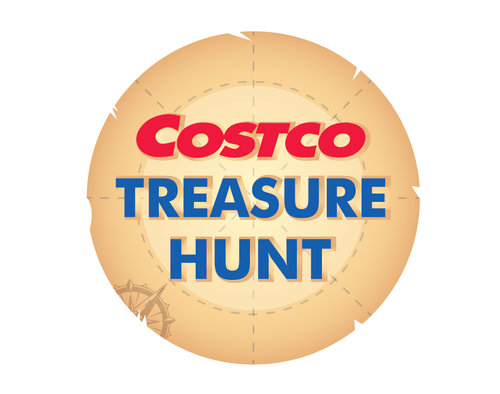
The desired effect is that consumers who originally planned to finish shopping in half an hour end up spending over an hour repeatedly picking and choosing on Costco's carefully designed purchasing routes, buying more items than on their shopping lists.
Under the low-profit model, to reduce management costs, Costco sells far fewer types of goods than traditional supermarkets, but these goods are carefully selected to meet customer needs. On average, Costco warehouses carry about 4,000 types of goods, while other chain supermarkets typically have 40,000 to 50,000 types of goods, and Walmart has a whopping 120,000 SKUs. Moreover, Costco is not just a channel; its private label, Kirkland, is also very successful, accounting for about a quarter of Costco's annual sales.

The Pantry of the Middle Class, the New Favorite of the Wealthy
Recently, we have noticed that attracting ordinary-income members with low prices is no longer Costco's only strategy.
In an interview at the end of February, Costco Chairman James stated that while most members have national average incomes, Costco attracts not only budget-conscious shoppers but also an increasing number of wealthy members, whose incomes are double the US average.
Costco wants to earn more money from the wealthy, so it has expanded its range of luxury goods, including but not limited to Rolex watches, Porsche luxury cars, gold bars, 10-carat diamond rings, and Dom Pérignon champagne from LVMH.
Previously, a Porsche dealer in Seattle placed their cars in a Costco supermarket, and they sold out within a week. Recently, Costco's website launched a $320,000 diamond engagement ring and a $2,500 espresso machine. At the end of 2024, Wells Fargo reported that Costco sold $100 million to $200 million worth of one-ounce, 24-karat gold bars each month.
Costco's Chairman summarized with a phrase: "Rich people also like bargains."
Costco hopes to attract more wealthy consumers, which has a macroeconomic background. As inflation intensifies and prices rise in the US, working-class and middle-class families are tightening their budgets, and spending by lower-income individuals has shrunk significantly. However, the wealthy are still spending lavishly, with no decrease but rather an increase. A recent Moody's report shows that the top 10% of earners in the US (with household incomes of $250,000 and above) currently account for nearly 50% of all spending; 30 years ago, they accounted for only 36%.
So, are expensive items cheaper at Costco than other channels?
According to analysis by precious metals information platforms like Boldpreciousmetals, Costco sells one-ounce gold bars at a price about 2% higher than the spot gold price. For example, if the gold price is $2,000 per ounce, Costco might sell it for around $2,040. Other online dealers typically charge a premium of 3% to 4% above the spot price. Therefore, Costco's gold bars are usually about 1% to 2% cheaper than those dealers.
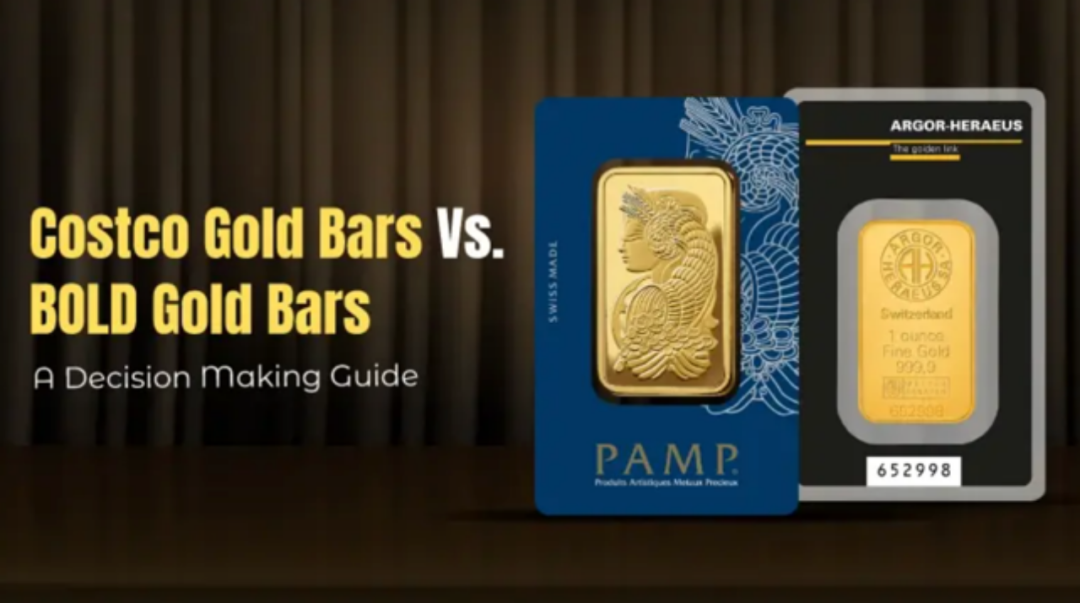
Gold Bars for Sale at Costco
Through an automobile sales program, Costco collaborates with dealers to sell new and used cars to members, who can purchase cars at more favorable prices than non-members, with discounts of 15% on auto parts and services, potentially saving buyers thousands of dollars in total.
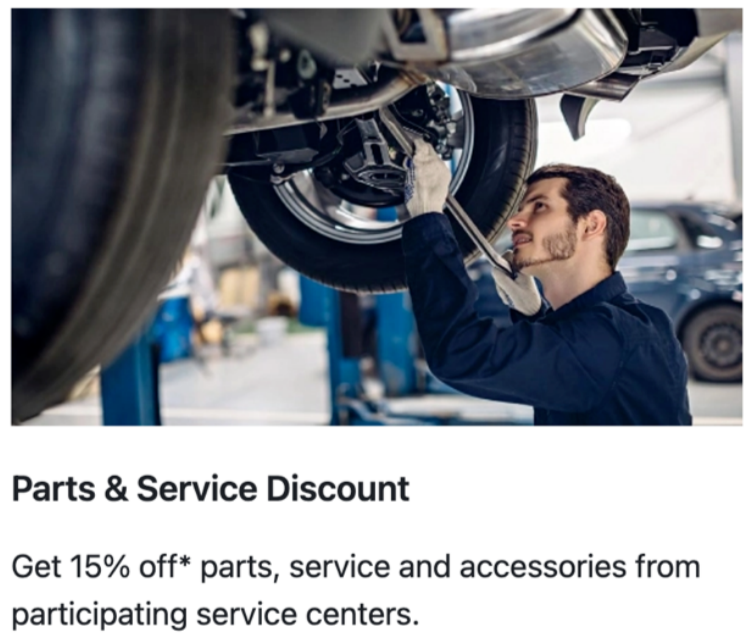
Costco's Automobile Sales Service
Therefore, Costco's product strategy has become more diversified and is no longer limited to low-priced goods. Its Chairman proudly stated that as long as the quality is good and the price is reasonable, Costco has the ability to sell any type of product in large quantities, including luxury goods.
All this points to one thing: under the current circumstances, Costco is also pursuing profit. "If someone wants to buy a $500 TV for $250 at Costco, we'd rather sell them a $1,000 TV for $500," the Chairman described Costco's strategic shift.

China's Retail Industry, Suppressed by E-commerce, Cannot Cultivate a Costco
Compared to the US, China's retail industry appears somewhat subdued. This sluggishness is mainly due to the environment—the developed e-commerce landscape formed by Taobao, JD.com, and Pinduoduo has suppressed the development of the retail industry. It's not that there has been a lack of effort; it's just that the timing hasn't been right.
The development of the foreign retail industry began with traditional retail, evolving from chain retailers like A&P founded in 1859 to modern large supermarkets like Walmart, and then to warehouse chain supermarkets like Costco, as well as convenience store models like 7-Eleven, and non-discretionary consumer goods niche channels like Target and Home Depot. eBay and Amazon, on the other hand, are products of the internet era after the retail industry matured.
Domestic retail is different. When chain retail had not yet developed, e-commerce emerged and gained momentum, and soon China grew into the world's most developed e-commerce market. Therefore, the emergence of any offline retail brand is essentially a confrontation with Alibaba, JD.com, and Pinduoduo, like an ant trying to shake a tree.
After years of entrepreneurial expansion, investment, and merger and acquisition booms, a consensus is forming in the domestic retail and investment sectors: offline retail does not have fertile soil in China. Although it can maintain a certain scale (after all, there is a huge population with certain offline consumption needs), it is difficult to achieve high growth.
Even Costco has been unable to replicate its success story in the US market in China. Walmart stores have also declined in China, relying on Sam's Club for growth, with the most important strategy being to adapt to the Chinese market—by offering online delivery. On April 22, 2024, Costco also launched its online platform, "Costco Home Delivery," providing consumers with online shopping and delivery services.
Hema, the only domestic new retail success story, has yet to establish a viable membership fee model and has frequently been rumored to be potentially sold by Alibaba.
Looking at Costco's data: At the end of 2024, Costco increased its membership fees, and new members continued to increase, reaching 137 million cardholders by the end of the fourth quarter of 2024, a year-on-year increase of 7%. Meanwhile, about half of Costco's new members are under 40 years old, and the customer base is trending younger, indicating that Costco has successfully captured the wallets of young people. Costco's primary strategy in its US market remains attracting customers to shop in physical stores. The reason is that offline shopping can lead to more impulse purchases, with constant shelf surprises encouraging consumers to buy more and more.
Chinese retailers can only envy.



